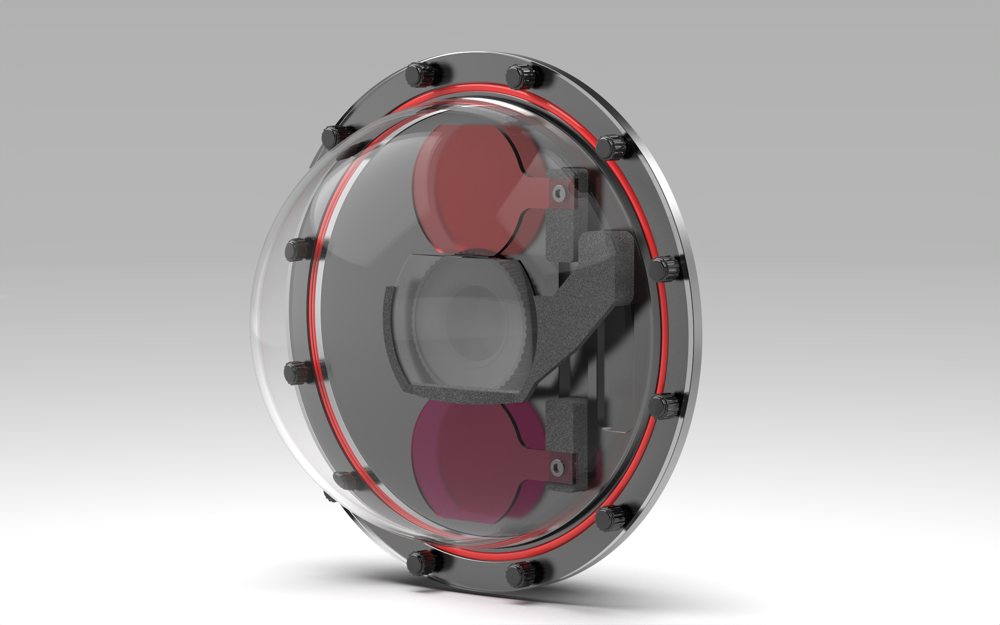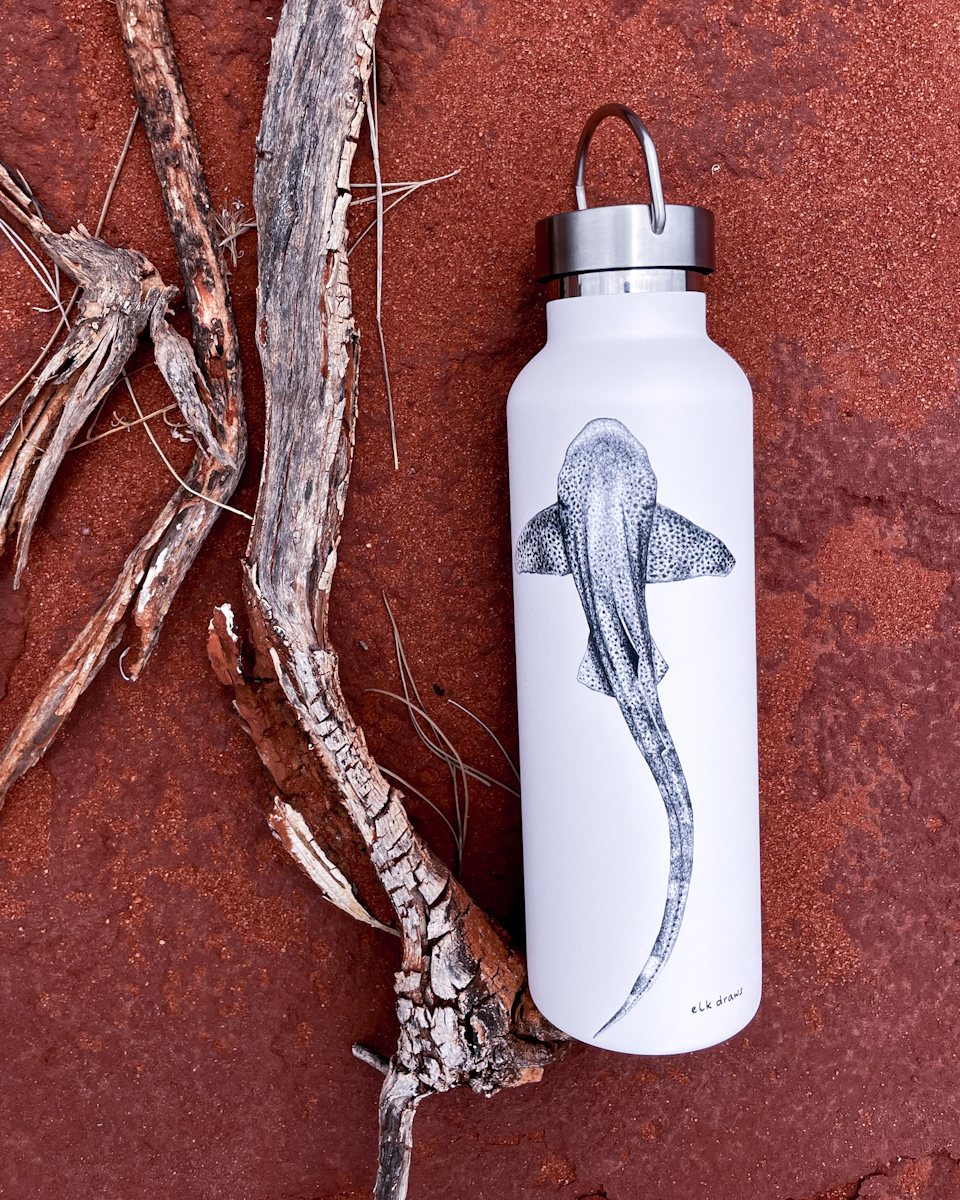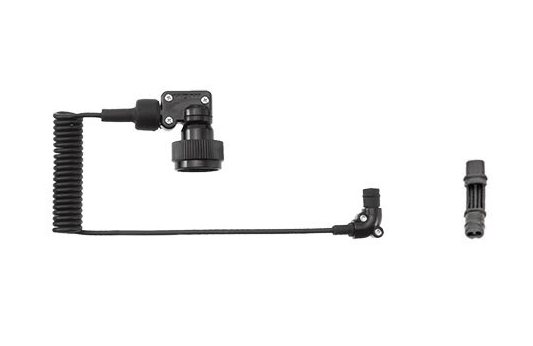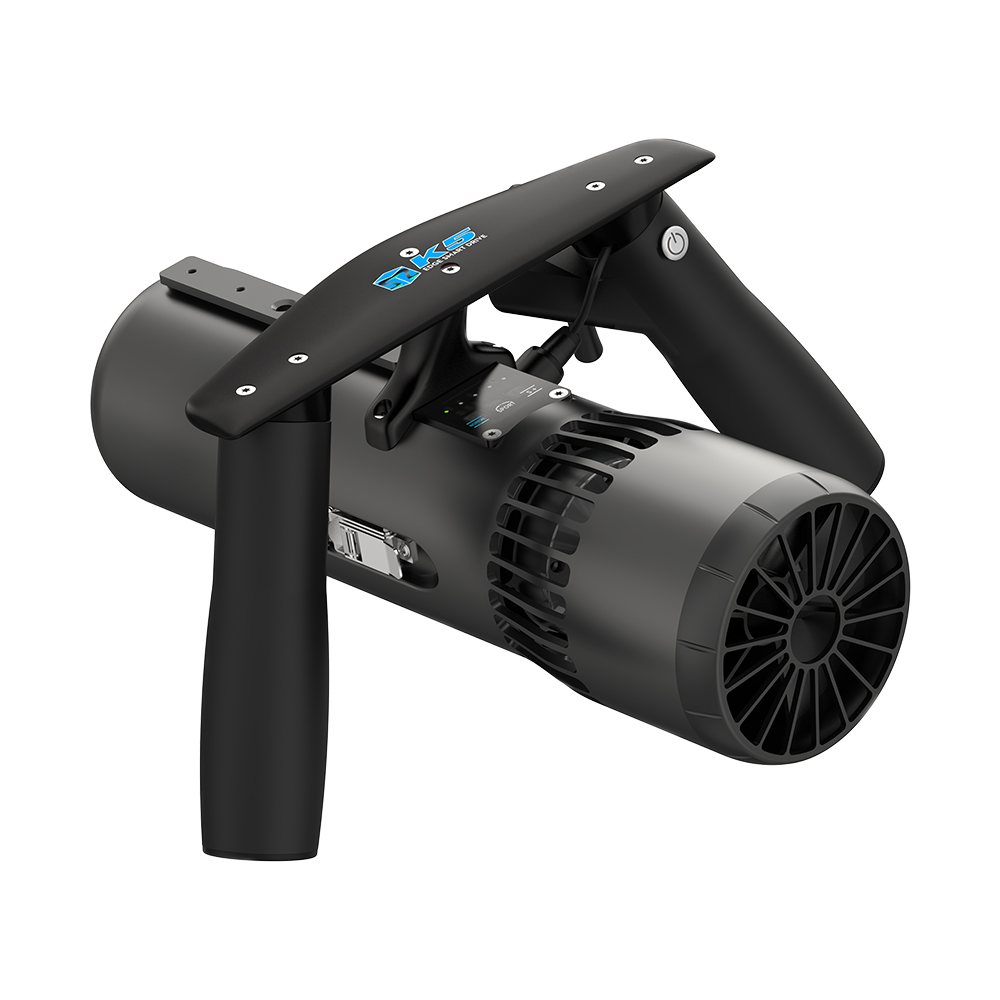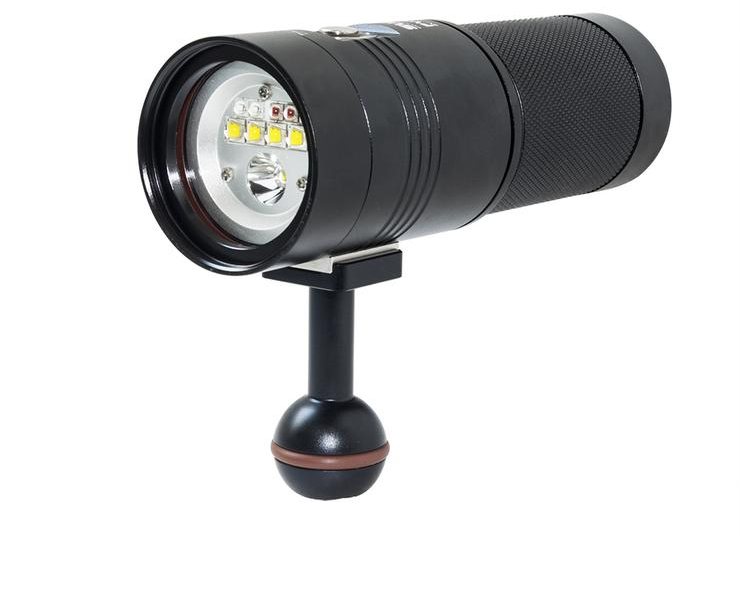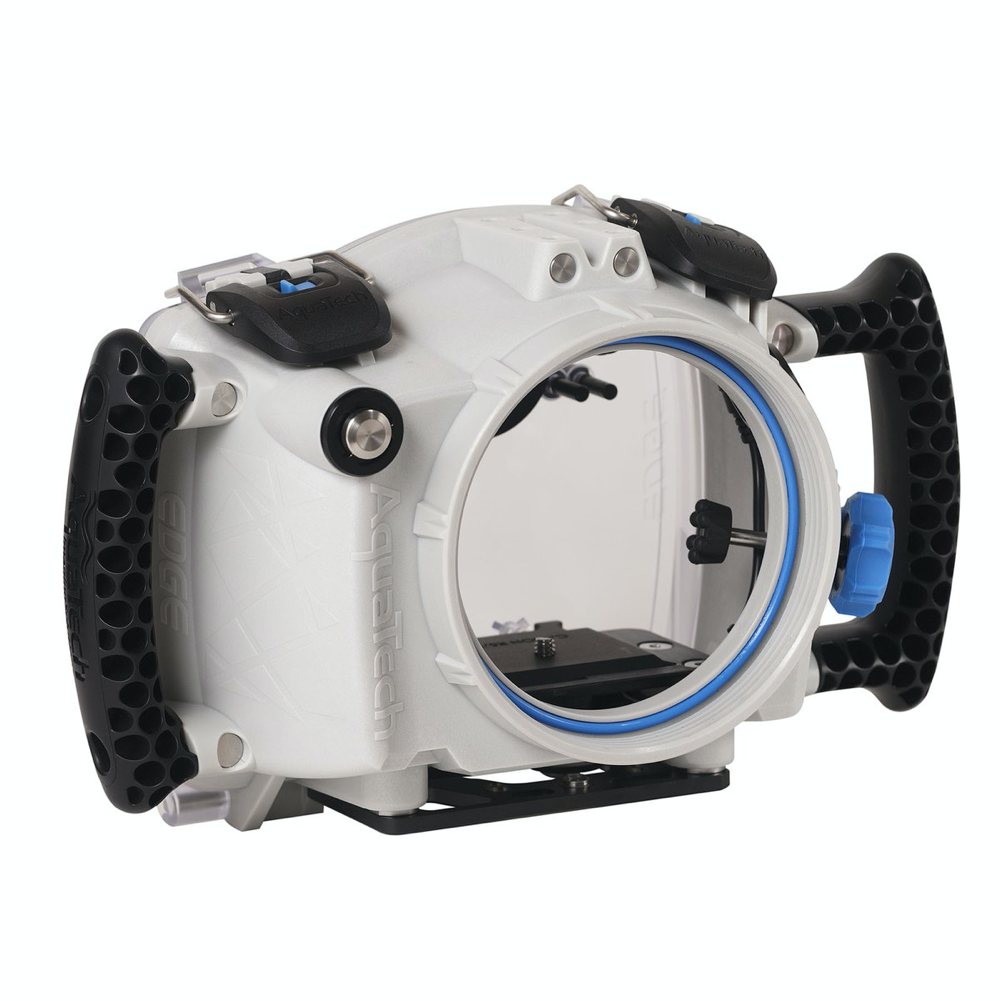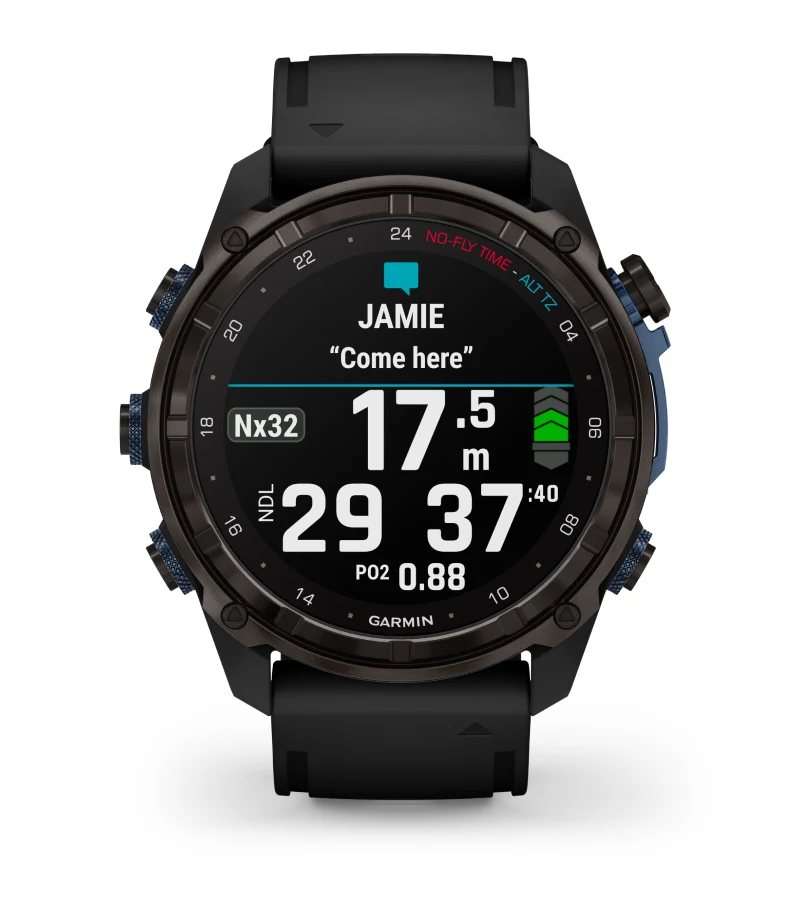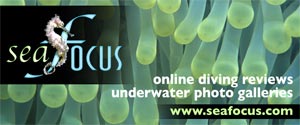- Home
- Directory
- Shop
- Underwater Cameras - Photographic Accessories
- Smartphone Housings
- Sea Scooters
- Hookah Dive Systems
- Underwater Metal Detectors
- Dive Gear
- Dive Accessories
- Diving DVD & Blu-Ray Discs
- Diving Books
- Underwater Drones
- Drones
- Subscriptions - Magazines
- Protective Cases
- Corrective Lenses
- Dive Wear
- Underwater Membership
- Assistive Technology - NDIS
- On Sale
- Underwater Gift Cards
- Underwater Art
- Power Stations
- Underwater Bargain Bin
- Brands
- 10bar
- AOI
- AquaTech
- AxisGo
- Backscatter Underwater Video and Photo
- BLU3
- Cayago
- Chasing
- Cinebags
- Digipower
- DJI
- Dyron
- Edge Smart Drive
- Eneloop
- Energizer
- Exotech Innovations
- Fantasea
- Fotocore
- Garmin
- Geneinno
- GoPro
- Hagul
- Hydro Sapiens
- Hydrotac
- Ikelite
- Indigo Industries
- Inon
- Insta360
- Intova
- Isotta Housings
- Jobe
- JOBY
- Kraken Sports
- LEFEET
- Mirage Dive
- Nautica Seascooters
- Nautilus Lifeline
- NautiSmart
- Nitecore
- Nokta Makro
- Oceanic
- Olympus
- OM System
- Orca Torch
- Paralenz
- PowerDive
- QYSEA
- Scubajet
- Scubalamp
- Sea & Sea
- SeaDoo Seascooter
- SeaLife
- Seavu
- Shark Shield
- Sherwood Scuba
- Spare Air
- StickTite
- Sublue
- Suunto
- SwellPro
- T-HOUSING
- Tusa
- U.N Photographics
- Venture Heat
- XTAR
- Yamaha Seascooter
- Youcan Robot
The Aaron Ward
Contributed by ron.j

Many years ago when I was primary school all the kids used to play the usual games of the times, which was mostly cowboys and Indians (I'm really showing my age here) it was great fun. One thing that sticks out in my memory of that time was a certain school teacher, who was in fact the head master - a very stern man and he was huge to me then as well, which usually meant that you didn't play up on this guy or else. He used to tell stories on occasion about things that meant very little to an eight year old and not much notice was taken of them, we mostly ignored him when he started carrying on about something or rather.
However one day he started telling a story about what seemed a far off distance place with exotic names and for once we were all fascinated.
He told a story of a great battle between the Americans and Japanese where many ships were sunk from both sides and how under terrible conditions the men fought and died, we were totally enthralled couldn't get enough we kept asking and asking for more a more information and he happily complied. After that all our games were the Yanks against the bad bad Japs. For me it started a life long fascination with wrecks and the story's that they told.
In May of this year to my great delight I found myself at the scene of one of my old teachers stories. I was at Henderson air field in the Solomon Islands. There is not much to see there relating to the war unless you include the pot holes in the main road which could easily have been made by bombs, but we didn't have time to look around because we had to catch a boat to Maravaga resort some two hours boat ride away.
We were here to dive the Aaron Ward sunk by Japanese planes, it sits upright on the bottom the deepest part 72m the shallowest about 62m, now this is not your normal diving, we had many problems like 29?C water temperature, visibility of about 30m, calm seas, no current all the things dives hate the most.
This wreck is mostly intact though it has massive damage around the bridge area and just behind it as well, the guns are still there and the torpedo tubes are still there its just the same as it was when it went down. We would have done about 15 or so dives on it from bow to stern, some of the guys went inside some stayed out, I was one of those, there is just so much to see for my first time there I was quite happy stay outside. When the bombs exploded near the ship they sprung open hull plates near the stern, which helped to sink the ship it also caused something else. The ship sank bum first, so with the weakened hull plates when the stern hit the bottom it caused the ship to buckle at that point so that the last 10m or so of the ship is now at right angles to the rest of her. There is so much to see from the dent in the bow and the buckle near the first gun (the bow slammed down onto the reef causing the buckle) the black coral trees
growing on the side to the multitude of fish life including the sharks it is an unbelievable site to visit.This was only one dive site - there are so many more like crayfish cave, pyramid reef, the Mooa, The Kanawha, house reef (at Maravaga you can watch the fish swimming around the reef while having breakfast), Sandfly Passage just to name a few - it is and was very much worth the trip.
We were looked after by Dave and the locals who ran the dive operation and Dave's wife Anne who did the cooking you just could not have asked for any more. They went out of there way to help us as we mostly used twin tanks (88's) we never lacked for anything it was a great trip I can't wait to go back.
Just one last thing this was deep diving at its most extreme it is more than advanced diving, we were on air and using 50% nitrox for deco, unless you have deep diving experience and do it a lot do not dive this wreck remember it starts from about 62m and finishes in well over 70m and it has many places for the unwary or the narked.
Shopfront
-
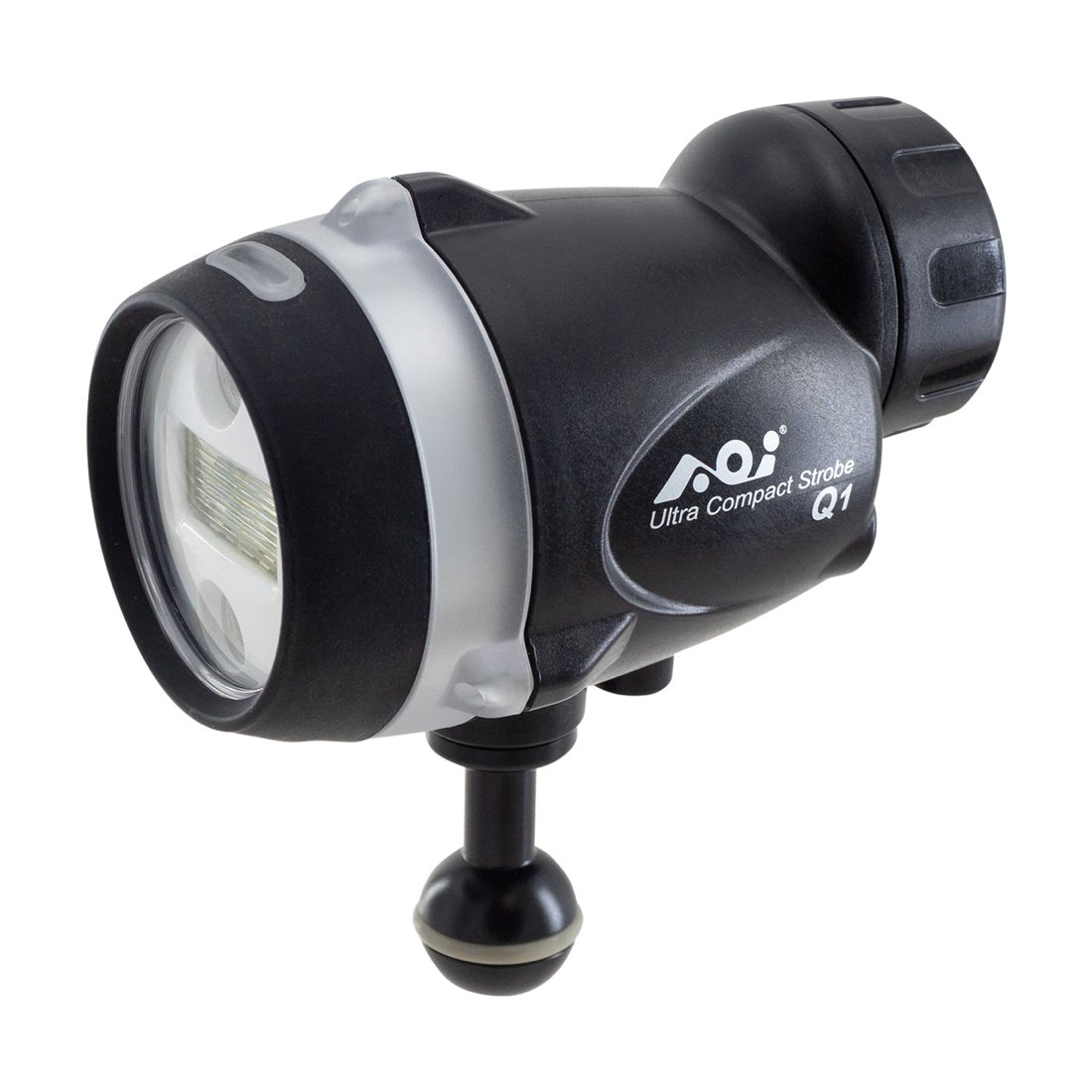 AOI UCS-Q1 Ultra Compact Strobe Q1
AOI UCS-Q1 Ultra Compact Strobe Q1
- Price A$ 539.00
-
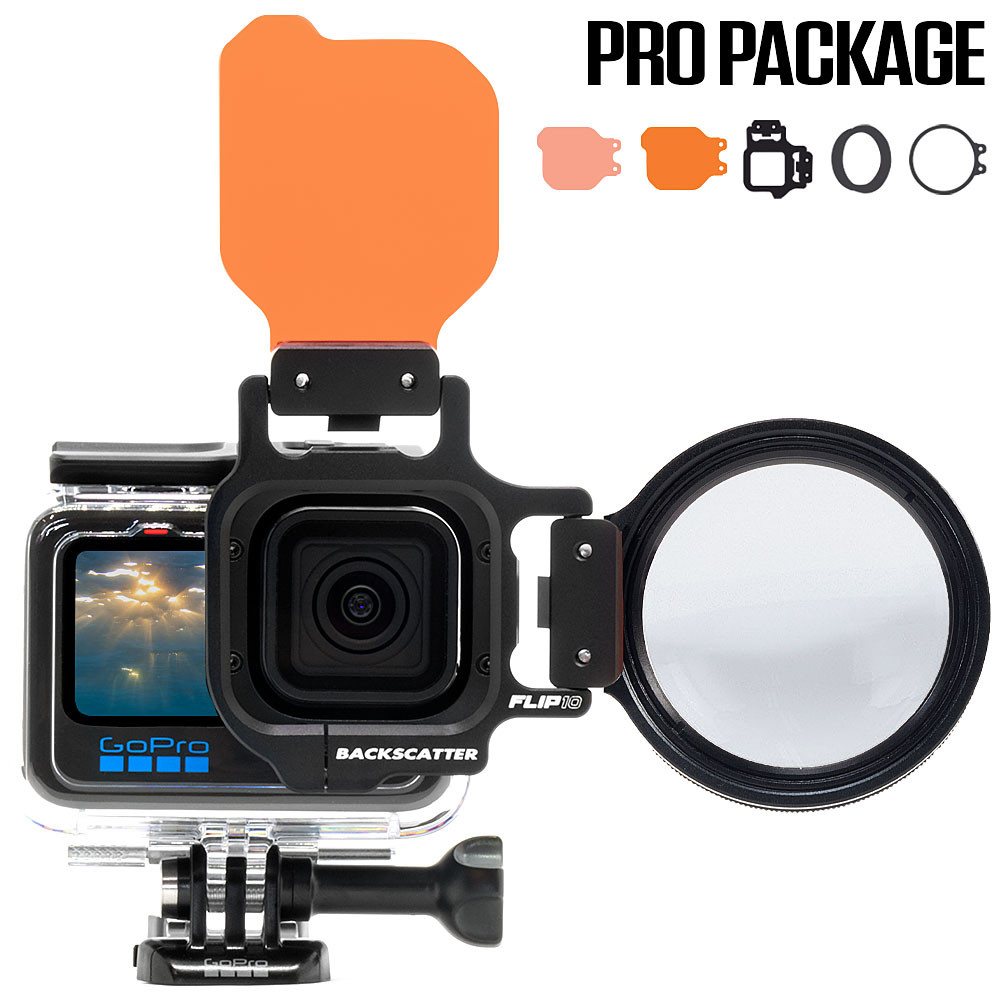 FLIP12 Pro Package with DIVE & DEEP Filters & +15 MacroMate Mini Lens for GoPro HERO 5, 6, 7, 8, 9, 10, 11, 12 and 13
FLIP12 Pro Package with DIVE & DEEP Filters & +15 MacroMate Mini Lens for GoPro HERO 5, 6, 7, 8, 9, 10, 11, 12 and 13
- Price A$ 339.00
-
 Scubalamp 6k V3 Movie Grade Photo/Video Light - 12,000 lumens
Scubalamp 6k V3 Movie Grade Photo/Video Light - 12,000 lumens
- Price A$ 899.00
-
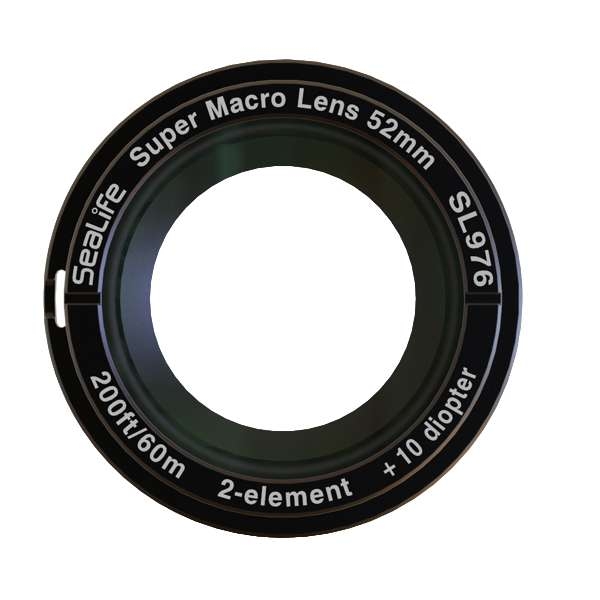 Sealife DC-Series Super Macro Lens
Sealife DC-Series Super Macro Lens
- Price A$ 229.00
-
 AquaTech EDGE Base Camera Water Housings - Fujifilm mirrorless
AquaTech EDGE Base Camera Water Housings - Fujifilm mirrorless
- Price A$ 1,249.00
-
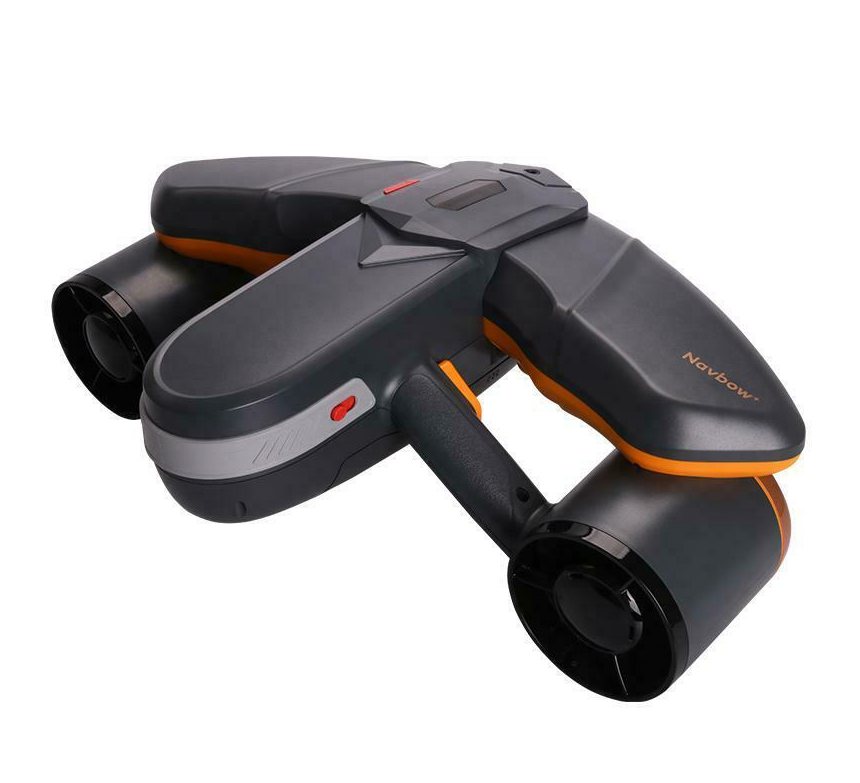 Sublue Navbow+ Underwater Scooter
Sublue Navbow+ Underwater Scooter
- Price A$ 2,399.00
-
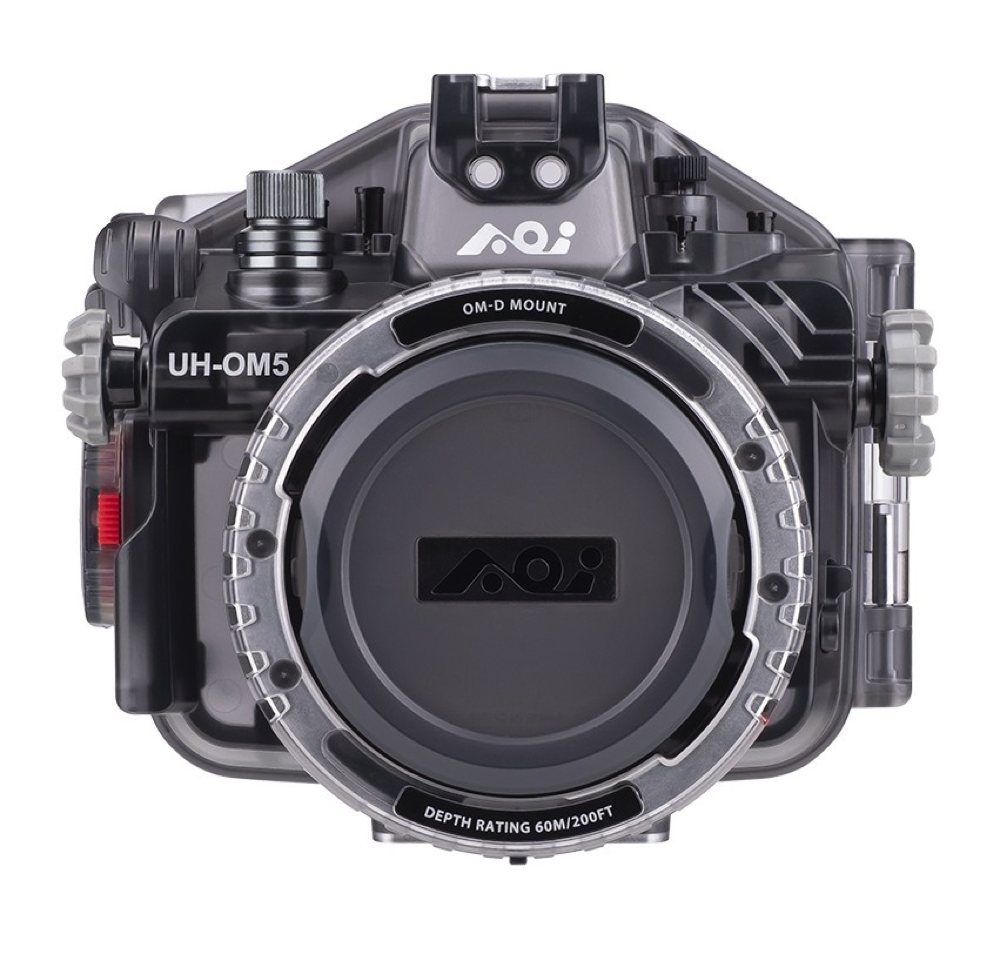 AOI UH-EM5III and UH-OM5 Underwater Housing for Olympus OM-D E-M5 III and OM System OM-5
AOI UH-EM5III and UH-OM5 Underwater Housing for Olympus OM-D E-M5 III and OM System OM-5
- Price A$ 1,469.00
-
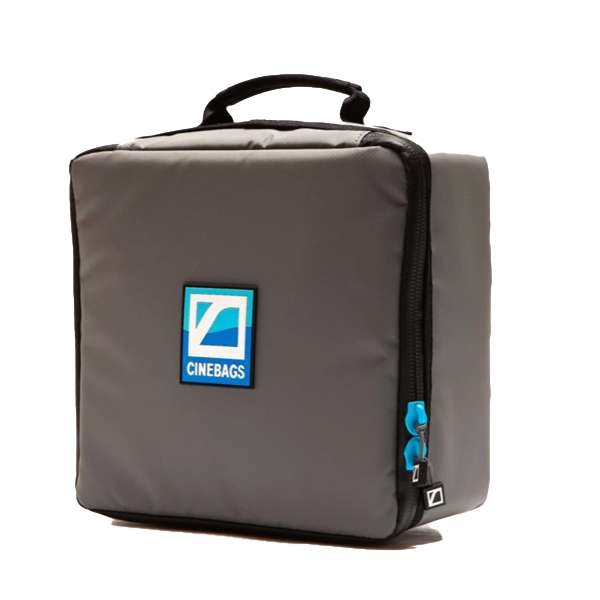 CineBags - CB71 Jumbo Dome Port Case
CineBags - CB71 Jumbo Dome Port Case
- Price A$ 143.95
In the Directory






